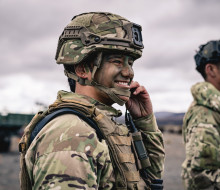
Keeping skills alive in transfer to Reserve Force
05 July 2024
Unfortunately you are viewing this website on an outdated browser which does not support the necessary features for us to provide an adequate experience. Please switch to a modern browser such as latest version of Google Chrome, Mozilla Firefox, Apple Safari or Microsoft Edge.
Ngā mihi nui
Moving from Regular Force to Reserve Force has allowed Combat Driver Corporal Cindy Ries-Rupapera to retrain towards a full-time career in the construction industry.
Palmerston North’s Corporal Ries-Rupapera, serving with 38 Combat Services Support Company (38CSS Coy), works for building contractor LT McGuinness Ltd, a career made possible after she transferred to the Reserve Force and began construction training at UCOL.
While she was training, she utilised her Army driving skills to work as a contract driver instructor for Te Tihi o Ruahine Whānau Ora Alliance, helping Māori and Pasifika gain their vehicle license to assist in employment opportunities.
“The Army taught me how to teach people new skills and to adapt to working with a wide variety of personality types to complete a task. That training really helped with my driver training at Te Tihi o Ruahine Whānau Ora Alliance,” she says.
“Staying current in the Reserve Force has also helped because it keeps my license grading up to date.”
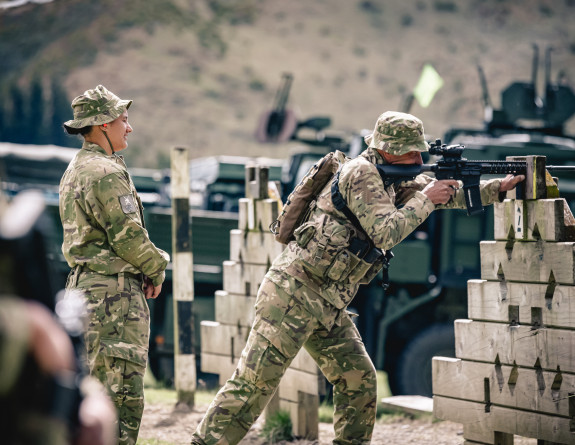

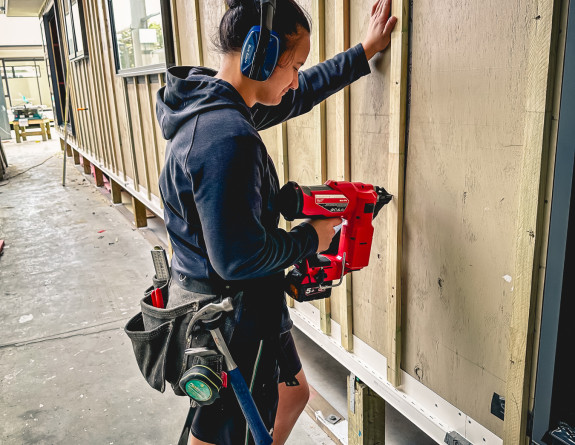

Joining the Reserve Force has meant Corporal Ries-Rupapera can continue her sporting passion for competitive rugby. She is a New Zealand Army Rugby representative.
Late last year she had the opportunity to catch up with old mates and utilise her Army skills during a joint training exercise that involved both the Reserve Force and Regular Force. Corporal Ries-Rupapera was the transport section commander for the weekend phase of the exercise which involves commanding a vehicle packet of up to 8 vehicles and 16 soldiers, and coordinating protection of the convoy.
Each Reserve Force company has its own training programme in line with its battalion’s training focus. Company level training typically occurs one weekend a month with platoon level training occurring one night a week.
“As a combat driver we are responsible for keeping ourselves, vehicles and stores safe. If we come under contact on a vehicle move we need to know how to protect ourselves and move together while getting out of that situation. We do not move forward into contact, we move back to a known safe location while the mounted gun vehicles provide cover.”

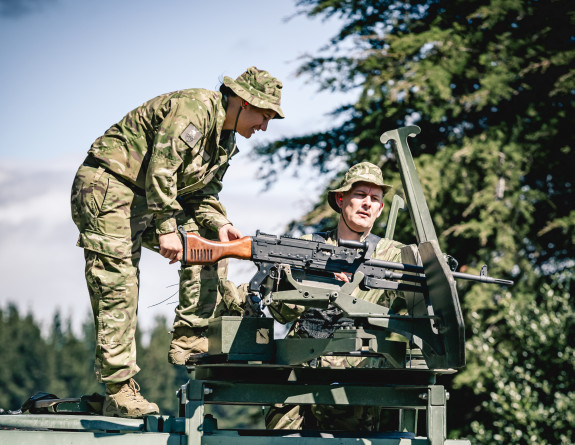
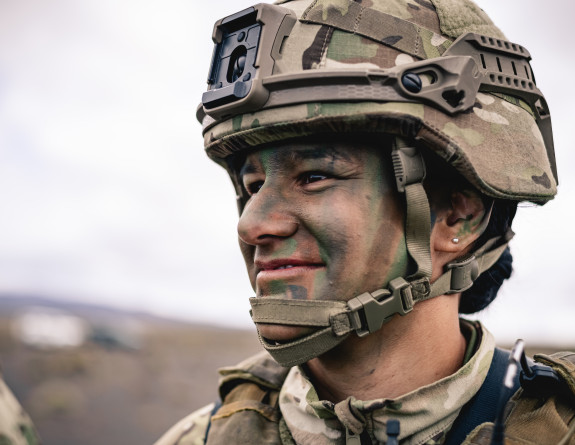
She also gave lessons on the use of the MAG 58 gun and the vehicle turret where the gun is mounted.
“It’s been awesome seeing old friends again, it keeps me in contact too. The Reserve Force training isn’t as intense as when I served in the Regular Force but we get hands on tools. Only serving on a weekend means we have limited training time so we need to focus on particular skills, and it’s also recognised we need to be at our civilian jobs too,” she says.
“I’m really pleased I transferred over to the Reserve Force, it’s been great keeping up with my skill set, catching up with old mates, and making new ones.”